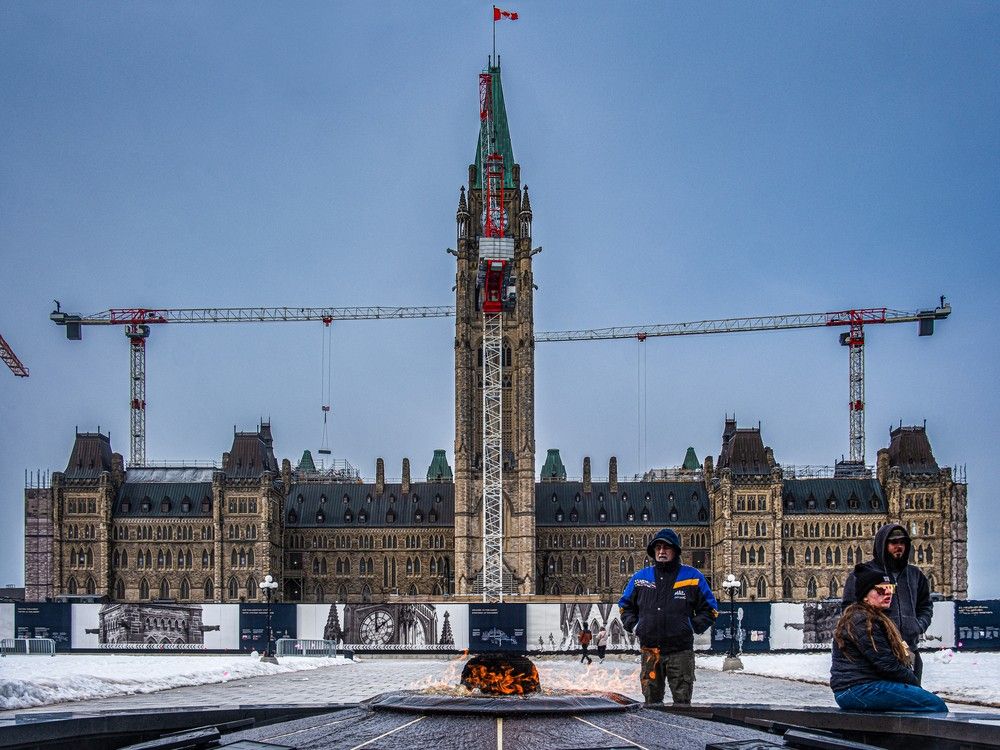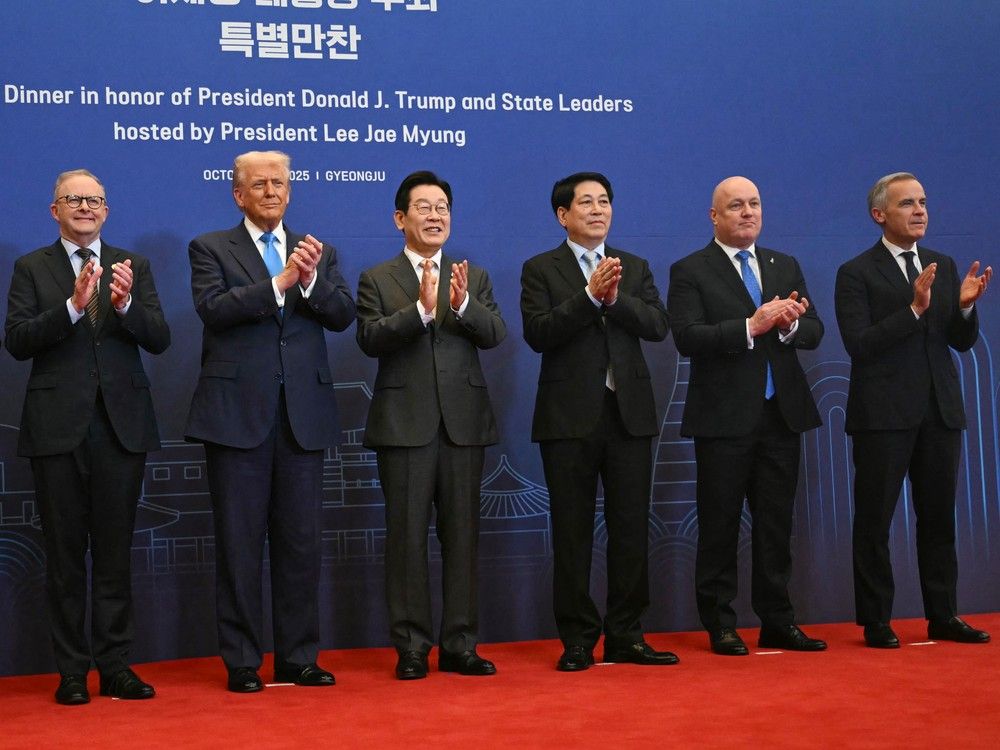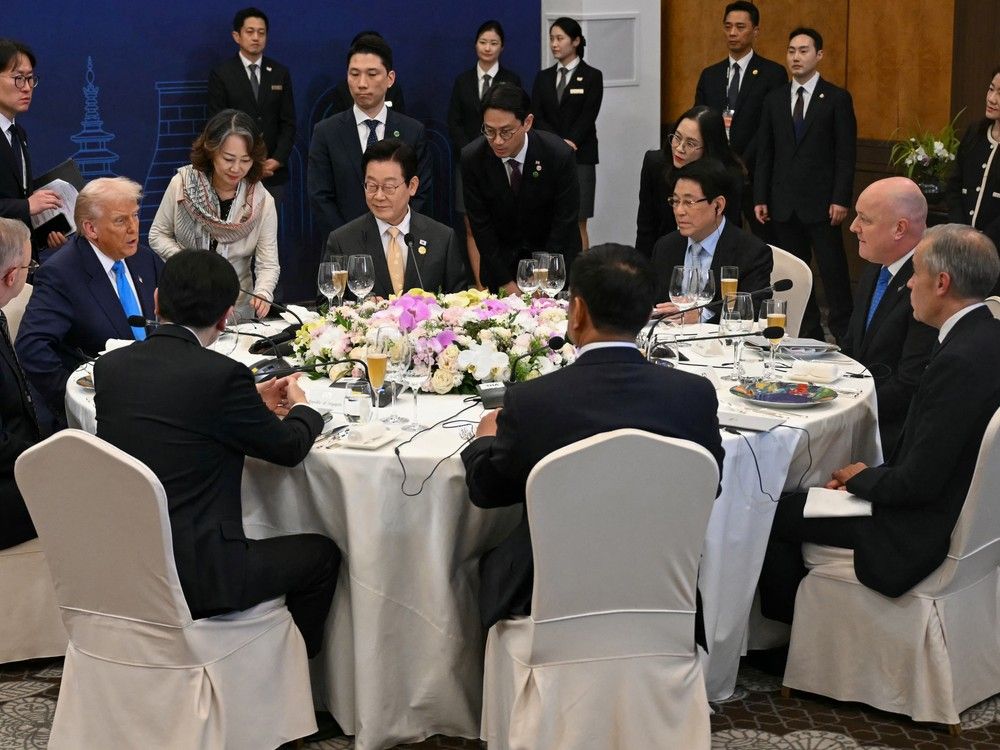
OTTAWA — A Canadian Federation of Independent Business (CFIB) report on federal service delivery to small businesses found that Immigration, Refugees, and Citizenship Canada (IRCC) received the highest level of dissatisfaction from small business owners.
Forty per cent of respondents rated the quality of service as “poor,” and 49 per cent rated timeliness as “poor,” despite the IRCC workforce increasing by 170 per cent since 2013.
By contrast, only 10 per cent of small businesses felt they received “good” service. The immigration department was among the five federal services reviewed by the CFIB.
“The delaying of being able to process foreign work permits really impacts the ability of some of our members to keep their doors open,” said Michelle Auger, CFIB director of trade and author of the report.
“Businesses often rely on temporary worker programs and permits when they’re unable to find the specific skill sets they need,” she said.
Michael Wood is a small business consultant and professor at Algonquin College. He said that, for small businesses, securing foreign workers amid IRCC service delays is “nearly impossible.”
“These government services are swelling in terms of employment, but I’ve been seeing plenty of businesses that are having a hard time getting real, quality answers from people who are there to answer questions on the immigration side of things,” said Wood.
Small businesses interact with the IRCC when supporting employees with immigration-related needs.
This includes assisting staff with work permits and permanent residency applications. Many also turn to the IRCC for guidance on evolving immigration policies that affect their ability to attract and retain international hires.
However, the IRCC routinely falls short of providing meaningful support to these businesses, said Auger.
The report noted that 73 per cent of small businesses consulted expressed concern about the growing size of the federal government, citing persistent challenges in accessing timely, reliable and effective services.
“The IRCC is the department that falls last when it comes to customer service and timeliness of response,” Auger said.
Gary Gervais, who runs Heartland International English School in Manitoba, said slow IRCC processing times have resulted in a 50 per cent decrease in his business, which relies on foreign student numbers, this year.
“It’s pretty much industry-wide for language programs in Canada,” said Gervais, who added that it sends a message: “Don’t bother coming to Canada.”
Several businesses that the CFIB consulted as part of their report said IRCC decisions to deny or revoke work permits created “major disruptions” in their operations.
Many also said they had to escalate issues through their MPs due to the difficulty in reaching federal immigration officials directly, another IRCC responsibility.
Wood said an “easy fix” to this issue comes down to “looking at it from a business perspective.”
“I’m a business guy, so I know about issues X, Y and Z. But when challenge Q comes in, and I’ve never had to deal with it, I know I need people who can relay accurate information about this subject,” he added.
“It comes down to staffing the IRCC with an experienced team that can quickly and reliably help these businesses.”
The report comes when privately-sponsored refugees waited, on average, 30 months for the IRCC to process their application, according to a study by the Auditor General of Canada.
Yet for Gervais’ international students, who require visitor visas as they largely enter from Mexico, Brazil, and Colombia, such timelines are largely unreliable.
According to the IRCC’s online processing time checker, people who applied from Colombia under the visitor visa stream face a wait time of “42 days.”
“The reality is we’re seeing students applying and it’s taking 12 weeks,” said Gervais. “It’s completely unreliable.”
However, the IRCC detailed efforts last month to “streamline operations and reduce red tape” for industry stakeholders, including small businesses.
It states the federal service has “been disadvantaged by not having a nimble mechanism” to adapt to the volume of backlogged applicants that accumulated over the course of the pandemic.
Wood said that while a logjam of foreign workers is a problem for small businesses, a partial solution may be looking at domestic workers.
“I know one Canadian-born student who’s sent out a hundred resumes and hasn’t got one phone call back. This guy is beyond intelligent, fully engaged, a hard worker, and yet he enters the job market and has no success,” said Wood.
“The IRCC issue is definitely a challenge for securing workers coming from other countries, but small businesses should also look domestically.”
Jasmin Guenette, CFIB vice president of national affairs, said small business owners are not measuring the government’s success by how many people they’re hiring.
Rather, “it’s about how quickly they’re picking up the phone, how consistently they’re resolving issues…,” Guenette said in the report.
“Too many departments are not delivering the results expected for the price we pay […] small businesses deserve better, and they expect the public service to do better.”
The survey was taken between May 6 and June 2, based on responses from 2,190 CFIB members who are owners of Canadian independent businesses, from all sectors and regions of the country. Online polls are not considered representative samples and thus don’t carry a margin of error. However, the poll document provides an estimated margin, for comparison purposes, of plus or minus 2.09 percentage points, 19 times out of 20.
National Post
Our website is the place for the latest breaking news, exclusive scoops, longreads and provocative commentary. Please bookmark nationalpost.com and sign up for our daily newsletter, Posted, here.





















